Notre-Dames de Betharam / Our Lady of Betharam, France (1503) – 22 April:
Saint Bernadette Soubirous frequently visited the Shrine of Betharram. In fact, the rosary beads that Bernadette used when praying with the Blessed Virgin during the first apparition at Lourdes had come from the Betharram Shrine and the priest to whom she was sent after the apparitions, was Saint Michel Garicoïts (1797-1863) the Priest of Betharram. He it was who alone believed Bernadette’s accounts of the apparitions at Lourdes. He was Canonised in 1947. About St Michel Garicoits here: https://anastpaul.com/2019/05/14/saint-of-the-day-14-may-saint-michel-garicoits-1797-1863/
HERE:
https://anastpaul.com/2021/04/22/notre-dames-de-betharam-our-lady-of-betharam-france-1503/
St Pope Caius I (Died 296) Martyr, Bishop of Rome from 17 December 283 to his death in 296. Christian tradition makes him a native of the Dalmatian city of Salona, today Solin near Split, the son of a man also named Caius and a member of a noble family related to the Emperor Diocletian.
Biography:
https://anastpaul.com/2019/04/22/saint-of-the-day-22-april-saint-pope-caius-i-died-613/
St Pope Soter (Died c174) Martyr, Bishop of Rome from c167 to his death c 174. The Roman Martyrology reads: “At Rome, on the Appian Way, the birthday of St Soter, Pope and Martyr.”
His Life and Death:
https://anastpaul.wordpress.com/2018/04/22/saint-of-the-day-st-pope-soter-died-c-174/
St Abel McAedh
St Aceptismas of Hnaita
Saint Altfried of Münster (Died 849) the Third Bishop of Münster from (839–849) and Abbot of Essen-Werden and Helmstedt. Born in the 9th Century, n Friesland (in modern Netherlands) and died on 22 April 849 of natural causes. Altfried was a nephew of St Ludger (c 742-809) and his second successor in the See of Münster, as well as a successor as Abbot of the Abbey of Essen-Werden (founded by St Ludger). The second successor was also a close relative, St Gerfried of Münster. Altfried also wrote a comprehensive Vita of St Ludger.
St Altfried’s Life:
https://anastpaul.com/2023/04/22/saint-of-the-day-22april-saint-altfried-of-munster-died-849/
St Apelles of Smyrna
St Arwald
St Epipodius of Lyon
St Euflamia
Blessed Francis of Fabriano OFM (1251-1322) Priest of the Order of the Friars Minor, Theologian, Spiritual Writer, renowned Preacher. He was Beatified on 1 April 1755 after Pope Pius VI.
Biography:
https://anastpaul.com/2020/04/22/saint-of-the-day-22-april-blessed-francis-of-fabriano-ofm-1251-1322-priest/
St Helimenas
St Joseph of Persia
St Leo of Sens
St Leonides Adamantius of Alexandria (Died 202) Martyr – Layman – Father of Origen (Adamantius) Philosopher, Rhetorician, a great scholar. Died by beheading in 202 at Alexandria, Egypt.
Interesting:
https://anastpaul.com/2021/04/22/saint-of-the-day-22-april-saint-leonides-adamantius-of-alexandria-died-202-martyr/
St Lucius of Laodicea
Blessed Maria Gabriella Sagheddu
St Opportuna of Montreuil
St Senorina
St Theodore of Sykeon (Died 613)
About St Theordore:
https://anastpaul.wordpress.com/2017/04/22/saint-of-the-day-22-april-st-theodore-of-sykeon/
St Virginio
Blessed Wolfhelm of Brauweiler (c1020-1091) Abbot
Martyrs of Persia: Bishops, Priests, Deacons and Laity who were Martyred in Persia and celebrated together. Several of them have their stories related in the Acta of Saints Abdon and Sennen.

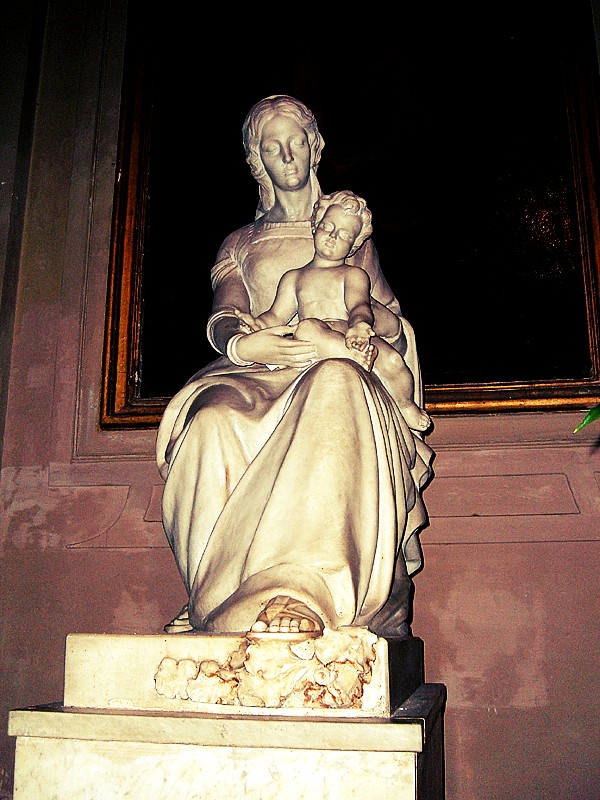
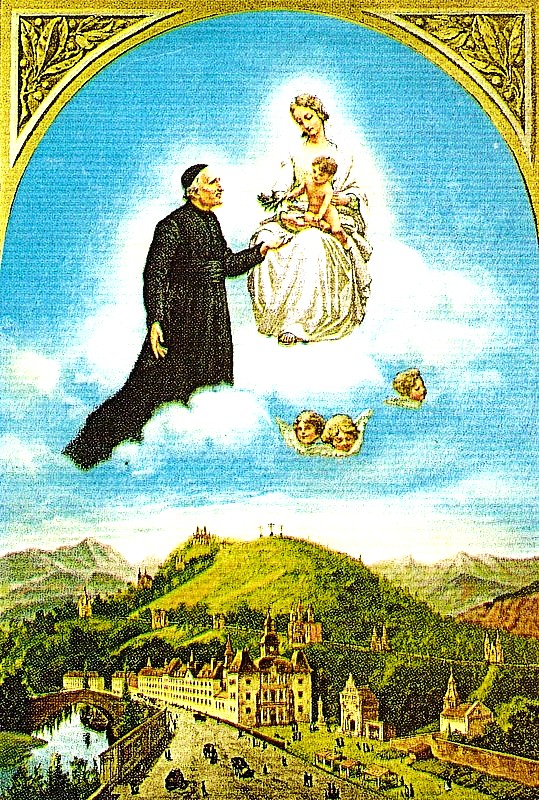




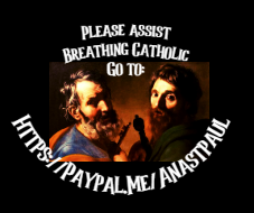











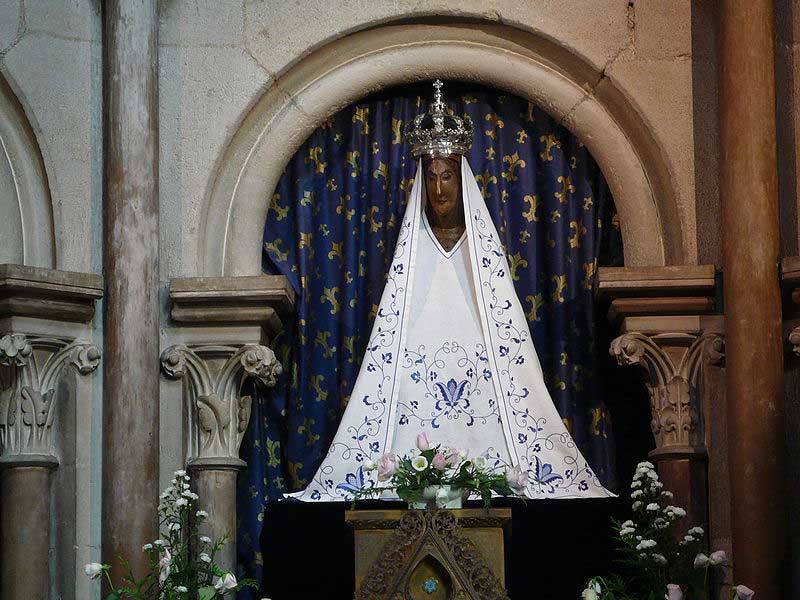



















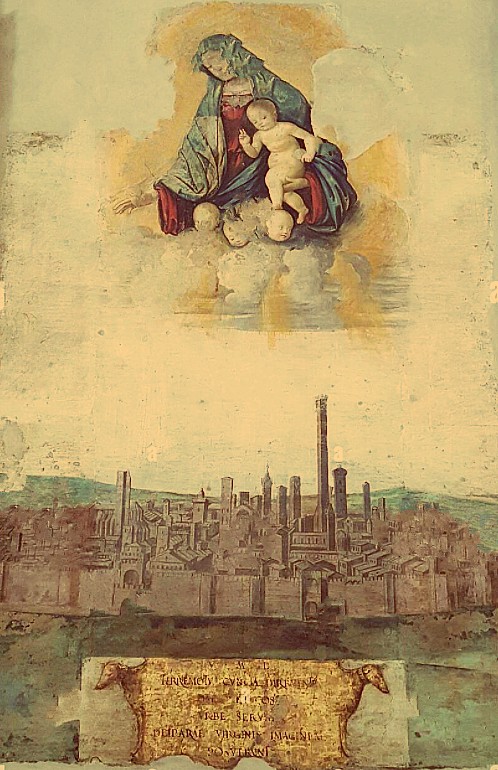











You must be logged in to post a comment.